The Yiddishland Sukkah Pavilion
Sala-Manca
(Lea Mauas and Diego Rotman)
(Lea Mauas and Diego Rotman)


The Yiddishland Sukkah Pavilion proposes the sukkah—the temporary structure central to the Jewish festival of Sukkot—as the architectural model for a transnational Yiddishland pavilion. Sukkot is a week-long holiday commemorating the Israelites’ journey through the desert after the Exodus from Egypt. During this time, Jewish communities traditionally dwell in sukkot—fragile, handmade shelters that express themes of exile, impermanence, hospitality, and faith.
In this project, the sukkah becomes more than a ritual object: it becomes a critical architectural proposition. A shelter and a homeland, it reflects the ethos of Yiddishland—a cultural space unbound by borders, grounded in language, community, and creativity. Built from found materials and shaped by local vernaculars, the sukkah embodies mobility, adaptability, and resourcefulness—qualities at the heart of diasporic existence. Like Yiddishland, it is not fixed in place but exists in movement, always a guest, always a host.
The Yiddishland Sukkah Pavilion is not only a structure—it is a way of thinking architecturally. It resists permanence and invites renewal. It is a movable Jerusalem, a foldable, elastic pavilion that can be reimagined each year with new materials, interpretations, and meanings of what a homeland might be.
In this project, the sukkah becomes more than a ritual object: it becomes a critical architectural proposition. A shelter and a homeland, it reflects the ethos of Yiddishland—a cultural space unbound by borders, grounded in language, community, and creativity. Built from found materials and shaped by local vernaculars, the sukkah embodies mobility, adaptability, and resourcefulness—qualities at the heart of diasporic existence. Like Yiddishland, it is not fixed in place but exists in movement, always a guest, always a host.
The Yiddishland Sukkah Pavilion is not only a structure—it is a way of thinking architecturally. It resists permanence and invites renewal. It is a movable Jerusalem, a foldable, elastic pavilion that can be reimagined each year with new materials, interpretations, and meanings of what a homeland might be.
The pavilion will be realized during Sala-Manca’s residency at Venezia Contemporanea in the Venetian Ghetto in Autumn 2025, with active involvement from the local community. It will be activated with public events and performances by Sala-Manca and other participants of the 2025 Yiddishland Pavilion, transforming it into a dynamic site of exchange.
As part of their proposal for the pavilion, Sala-Manca will initiate in Venice the first-ever symposium in Yiddish on transnational architecture and portable homelands, in collaboration with the University of Toronto. This unprecedented event will bring together scholars, architects and artists working across architecture, literature, performance, history and Yiddish culture. It will explore how the core principles of the sukkah—vernacularity, fragility, and fluidity—can inform contemporary architectural thinking, offering a diasporic, adaptive, and borderless vision of design. The symposium represents a key educational initiative of the Yiddishland Pavilion 2025, linking Jewish architectural history with critical contemporary practice.
The Sukkah project builds on over a decade of work by Sala-Manca exploring the sukkah as a structure of radical imagination and cultural critique. Previous iterations include The Eternal Sukkah (Israel Museum), The Deller Sukkah Jerusalem (Museum of the Contemporary Collection), and The Kingston Sukkah (private collection), culminating in the “Colony of Sukkot for Peace” created with Michal Govrin, an installed in Jerusalem on 5-6.10.2023.The project has been exhibited in institutions including the Israel Museum, Kunsthalle 3.14 (Bergen), Ramat Gan Museum of Israeli Art, and the Hebrew University of Jerusalem. A forthcoming book by Dr. Diego Rotman, Visiting Professor at the Center for Jewish Studies, University of Toronto, will document this ongoing body of work.
As part of their proposal for the pavilion, Sala-Manca will initiate in Venice the first-ever symposium in Yiddish on transnational architecture and portable homelands, in collaboration with the University of Toronto. This unprecedented event will bring together scholars, architects and artists working across architecture, literature, performance, history and Yiddish culture. It will explore how the core principles of the sukkah—vernacularity, fragility, and fluidity—can inform contemporary architectural thinking, offering a diasporic, adaptive, and borderless vision of design. The symposium represents a key educational initiative of the Yiddishland Pavilion 2025, linking Jewish architectural history with critical contemporary practice.
The Sukkah project builds on over a decade of work by Sala-Manca exploring the sukkah as a structure of radical imagination and cultural critique. Previous iterations include The Eternal Sukkah (Israel Museum), The Deller Sukkah Jerusalem (Museum of the Contemporary Collection), and The Kingston Sukkah (private collection), culminating in the “Colony of Sukkot for Peace” created with Michal Govrin, an installed in Jerusalem on 5-6.10.2023.The project has been exhibited in institutions including the Israel Museum, Kunsthalle 3.14 (Bergen), Ramat Gan Museum of Israeli Art, and the Hebrew University of Jerusalem. A forthcoming book by Dr. Diego Rotman, Visiting Professor at the Center for Jewish Studies, University of Toronto, will document this ongoing body of work.
Sala-Manca (Lea Mauas and Diego Rotman)
Sala-Manca (Lea Mauas and Diego Rotman) is a group of Argentinian born and independent artists that have worked mainly in Jerusalem since 2000 and in Toronto. The group creates in different fields: performance, video, installation, curatorial and publishing. Sala-manca’s works deal with poetics of translation (cultural, mediatic and social), with textual, urban and net contexts as well as social and political issues.
Their work and performances has been shown in different shows and festivals in venues such us: The Israel Museum, The Israel Festival, Petach Tikva Art Museum, Haifa Museum of Art; Tate Modern; Eyebeam New York, BlackBox Belfast; Transmediale, Berlin; The Israeli Center for Digital Art, Holon; The Jerusalem Film Festival; NYU; IMPA, La Fabrica, Buenos Aires; Castle Ujazdowski, Warsaw, Kaunas Cultural Capital 2022, and the Hansen House.
Sala-Manca founded and edited Hearat Shulaym art journal (Note in the Margin): Independent Quarterly for Contemporary Art and Literature (2001-2007), curated and produced the Heara events – multidisciplinary events organized in an independent way with no commercial or official sponsors, between other projects. In 2009 they founded and directed the Mamuta Art and Research Center which ran at the Daniela Passal’s house between 2009-2012 and in Hansen House since November 2013. The group also edited the books The Ethnographic Department of the Museum of the Contemporary, 2017, Jerusalem: Mamuta Art and Research Center; Heara - Independent Jerusalem Art Scene at the beginning of the 21st Century (edited together with Ronen Eidelman), 2014, Jerusalem: Mamuta Art and Research Center.
Lea Mauas is the current director of Mamuta Art and Research Center and Phd candidate at Queen’s University, ON, Canada. Dr. Diego Rotman is, between July 2019 and August 2024, serves as the Head of the Department of Theater Studies at the Hebrew University of Jerusalem, during 2024-2025 served as Visiting Professor at the Anne Tanenbaum Center for Jewish Studies at the University of Toronto.
Their work and performances has been shown in different shows and festivals in venues such us: The Israel Museum, The Israel Festival, Petach Tikva Art Museum, Haifa Museum of Art; Tate Modern; Eyebeam New York, BlackBox Belfast; Transmediale, Berlin; The Israeli Center for Digital Art, Holon; The Jerusalem Film Festival; NYU; IMPA, La Fabrica, Buenos Aires; Castle Ujazdowski, Warsaw, Kaunas Cultural Capital 2022, and the Hansen House.
Sala-Manca founded and edited Hearat Shulaym art journal (Note in the Margin): Independent Quarterly for Contemporary Art and Literature (2001-2007), curated and produced the Heara events – multidisciplinary events organized in an independent way with no commercial or official sponsors, between other projects. In 2009 they founded and directed the Mamuta Art and Research Center which ran at the Daniela Passal’s house between 2009-2012 and in Hansen House since November 2013. The group also edited the books The Ethnographic Department of the Museum of the Contemporary, 2017, Jerusalem: Mamuta Art and Research Center; Heara - Independent Jerusalem Art Scene at the beginning of the 21st Century (edited together with Ronen Eidelman), 2014, Jerusalem: Mamuta Art and Research Center.
Lea Mauas is the current director of Mamuta Art and Research Center and Phd candidate at Queen’s University, ON, Canada. Dr. Diego Rotman is, between July 2019 and August 2024, serves as the Head of the Department of Theater Studies at the Hebrew University of Jerusalem, during 2024-2025 served as Visiting Professor at the Anne Tanenbaum Center for Jewish Studies at the University of Toronto.




